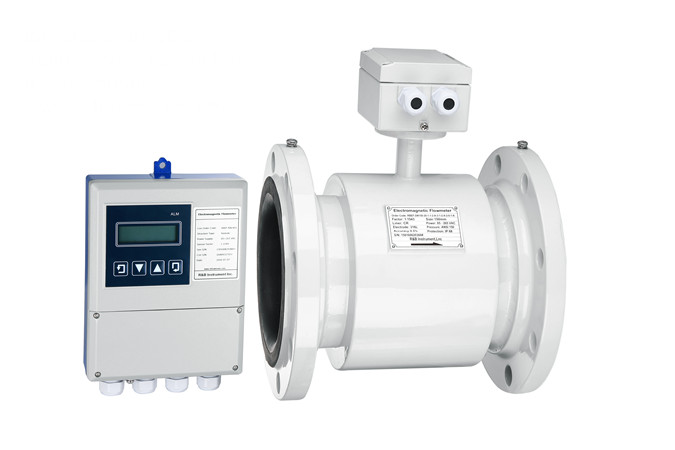When a flowmeter is installed and activated, its operations begin with a pair of charged magnetic coils. As energy passes through the coils, they produce a magnetic field that remains perpendicular to both the conductive fluid being measured and the axis of the electrodes taking measurements. The fluid moves along the longitudinal axis of the flowmeter, making any generated induced voltage perpendicular to the field and the fluid velocity. An increase in the flow rate of the conductive fluid will create a proportionate increase the voltage level.
Flow Profiles
Fluid movement within a flowmeter system can be characterized as square, with a turbulent fluid velocity; distorted, with weak upstream flow; or parabolic, with a laminar velocity. But regardless of the profile, a
magnetic flowmeter(Mag Flow meter) will provide the average voltage from a metering cross-section, so that the signal transmitted to operators tends to closely reflect the average velocity of the flowing liquid. Given a fixed pipe diameter and a constant magnetic field, induced voltage will only correlate to fluid velocity. If the fluid has sensors attached to a circuit, the voltage will create a current that can be translated as an accurate flow rate measurement.
Although
Magnetic flow meter are designed to provide as close of a linear connection between voltage and flow as possible, there are numerous factors which may disrupt this relationship. Possible sources of interference include:
• Unintended extra voltage in the processing liquid.
• Electromechanical voltage accidentally induced in the electrodes or the fluid.
• Capacitive coupling between the signal circuit and the power source.
• Inductive coupling between the magnetic components in the system.
• Capacitive coupling between connective leads.
These and similar sources of external voltage or noise can disrupt normal flow measurement, so it may be worthwhile to set up a flowmeter under conditions as carefully controlled as possible.
